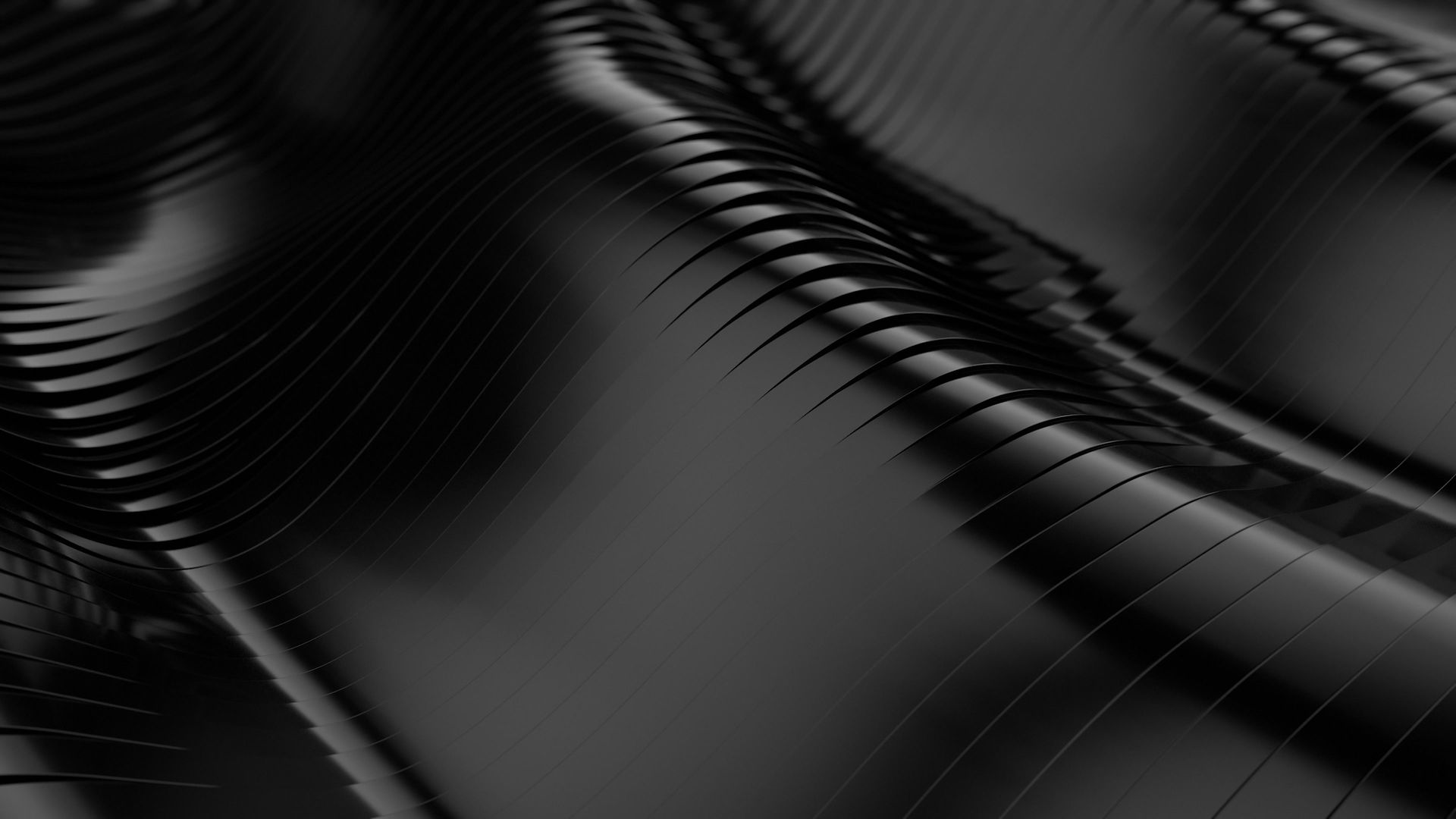The Accidental Origin of Beacon: How “Wearable Wi-Fi” Turned Into a Marketing Mic Drop
- Rich Washburn

- May 21
- 4 min read
Updated: Sep 25


I didn’t set out to build a product. I just wanted to see if I could make a tiny Wi-Fi server wearable—and useful.
What started as a weekend experiment turned into one of the weirdest, most unexpectedly effective tools I’ve ever built. And now, it’s official:

Meet Beacon. The Business Card, Rebooted. A pocket-sized, portable microsite that turns heads, sparks conversations, and makes QR codes feel like fax machines.
The whole thing began with a coach who looked me dead in the eye and said:
“I want a Wi-Fi whiteboard.”
Simple ask. Big implication. He wanted to update his youth team every week without printing flyers or chasing emails. So I cobbled together a tiny board that broadcast static content over Wi-Fi.
But early on? Updating it meant opening VSCode, editing HTML, reflashing the board... every. single. time. Not exactly turnkey.
Still, the coach was unfazed:
“These kids love their phones so much—they can learn to use them for something real.”
Honestly? That hit. Gen Z are basically Wi-Fi bloodhounds. He wasn’t wrong.
From Friction to Function
The next use case came fast. A group of micro-businesses sharing a storefront picked up four devices—each one broadcasting their own payment methods. Emojis. Venmo. PayPal. CashApp. The works.
No printers. No apps. No updates. Just open Wi-Fi. Tap. Pay. Done.
That’s when it clicked. This wasn’t just about convenience. It was about killing friction in the wild. And frictionless? Frictionless scales.
Enter: Ankle Monitors and Meme Mayhem
Of course, it wouldn’t be a proper Rich story without at least one “I probably shouldn’t build this” moment.
It started with a meme—Trump, golf, DOJ ankle bracelet. A friend sent it to me.
I laughed: “I could build that.”
So I did.

I spent a completely unreasonable amount of time designing 3D-printed fake ankle monitors to fit my existing custom boards (because I didn’t want to spin new ones). Loaded them with tongue-in-cheek political content. It was part art piece, part protest signage, part gag gift… all meme… but IRL. 😂
I even experimented with stealthy solar-powered Wi-Fi stakes.
But it was the ankle monitors that caught fire—sold over a hundred just before the election.
Ridiculous? Yep. Effective? Also yep.
Takeaway? Local Wi-Fi media wasn’t just functional. It was experiential. It had vibe. It could go viral.
The Business Card That Changed Everything

A few months later, I’m at an event. Real estate agent walks up and asks for my card. I just smile: “Check your Wi-Fi.”
She gives me that what-are-you-talking-about look—but she checks anyway. Boom: she sees “🔖 Rich Washburn” at the top of the list. I say, “Tap it.” My digital business card loads. One tap, and she adds me directly to her Contacts. No QR. No scanner. No friction.
These are the moments I wish I had a bodycam.
Her jaw drops.
“Oh my god. This would be amazing for real estate.”
She wasn’t wrong. But more importantly—that was when it really hit me: This wasn’t just a gadget. It was an interaction. A tiny magic trick that people wanted to learn.
The Boardroom Mic Drop
Then it really hit me.
We’ve all been there—boardroom, networking event, pitch meeting. Everyone’s tossing down their sexy little business cards like it's a game of UNO. Meanwhile, your card?
It’s been floating at the top of the Wi-Fi list since you walked in.
No paper. No QR. No small talk. Just presence.
Imagine sitting back, sipping your coffee, and casually saying:
“Oh, I don’t carry cards—they carry me.”
All American Psycho style. Eat your heart out, Patrick Bateman.
At that moment, Beacon isn’t just a tool. It’s a statement. It’s like having an NFC tap card—except you can tap from across the damn room.
Enter Beacon: Portable Microsite Marketing
What started as a janky little dev board is now a polished, pocket-sized platform built for real-world hustle.
Each Beacon comes with multiple customizable profiles—and this is where it gets cool.
Each profile supports:
Two image slots (GIFs—animated ones welcome)
A title field
Phone number and email fields (but you can use them for any text—links, CTAs, whatever)
A body text section for longer content
And a footer that can link to a text file (perfect for menus, bios, disclaimers, etc.)
Everything—images, text, linked files—can be updated from your phone or computer, anytime. No coding. No apps. And switching between profiles? Just tap the button on the Beacon itself to cycle through and activate.
It’s fast. It’s flexible. It’s unapologetically low-friction.
And Then Came the Food Truck
Just when I thought I’d seen every possible use case… I get a message from a guy with a food truck.
He wants to broadcast his menu over Wi-Fi. No QR codes. No paper signs. Just:
“Open your Wi-Fi… boom—here’s today’s specials.”
And I’m sitting there thinking: DUDE. Why didn’t I think of that?!
This thing started as a coach's way to connect with kids, got weird with ankle monitors, and now it's slinging fish tacos via micro-networks.
Where It’s Headed
Honestly? I don’t know exactly where this is going.
But I’ve got three versions in the wild:
Intro: Plugs into any USB-C power source. Two customizable profiles.
Signal: Rechargeable battery via USB-C. Four profiles.
Node: Same as Signal, but no battery. Designed to join an existing Wi-Fi network—more like a standalone microsite appliance.
Now that it's 100% user-manageable, I’m productizing the hell out of it. Faster to build. Cheaper to make. Way more fun to deploy.
Will be be featuring these in the store shortly.
#BeaconWiFi, #WearableTech, #MarketingInnovation, #OfflineFirst, #Microsite, #TechStory, #StartupTools, #RealWorldWiFi, #NoAppNeeded, #QRCodeAlternative





Comments